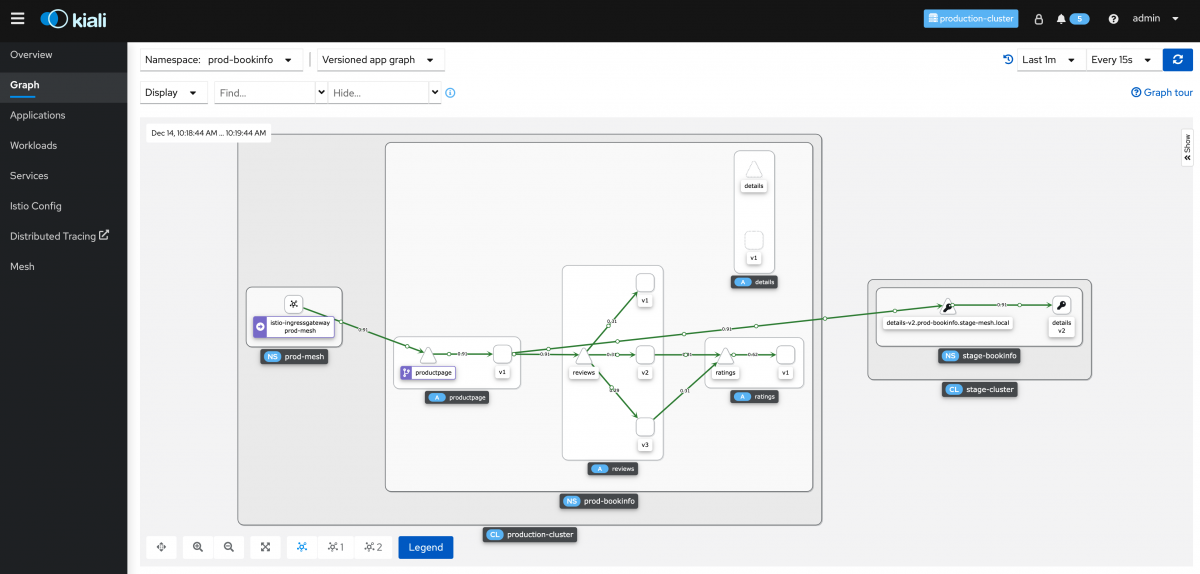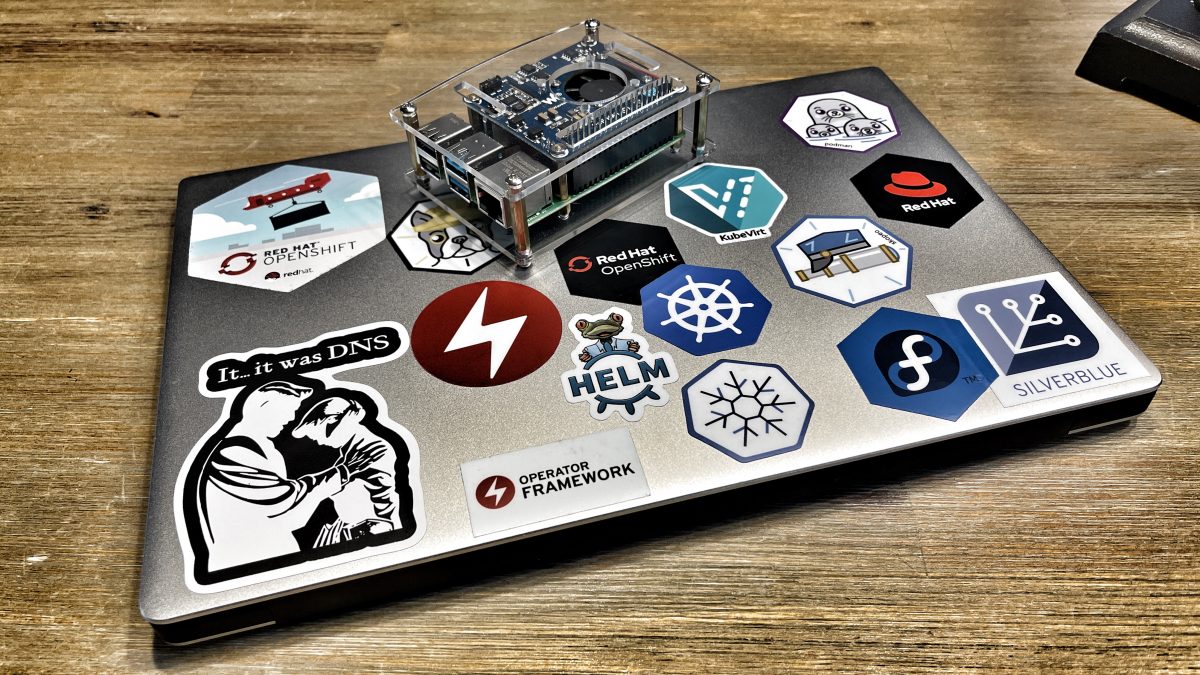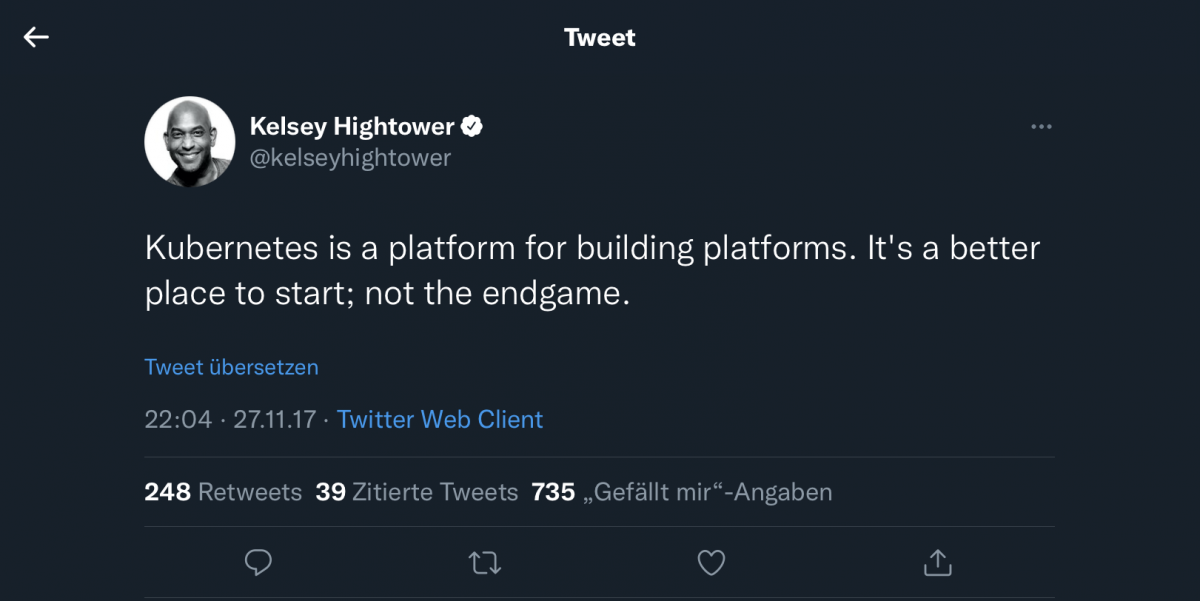Introduction When you are serious about running a microservice architecture at scale, you will definitely run into some challenges at some point. Beside all the benefits microservices deliver, they’ll also add a layer of complexity and have all the associated complexities of a distributed system. And as the number of services scales, it becomes increasingly […]









